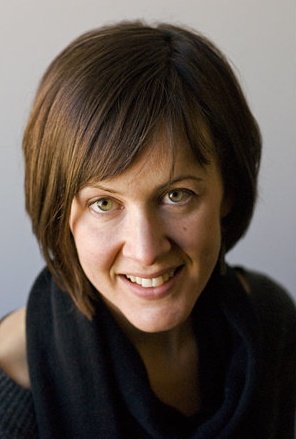
Katie is one of four winners of Zeitgeist's 25th annual Eric Stokes Song Contest. Named in memory of late composer Eric Stokes, the contest is designed to encourage and celebrate amateur composers throughout the Twin Cities. Katie's winning composition, Insomnia, will be performed by Zeitgeist at their annual Playing it Close to Home concert, March 6-8 at Studio Z.
Katie's musical background as a pianist and improvisor eventually led her to composing:
"I was trained in just about every area of music except composition. But I think it's always sort of the thing I wanted to do. Over the years, I've dabbled a bit--mostly writing songs for a children's theater in my hometown (Watertown, MN) and writing songs that I use when teaching young children in the classroom. A little while back, I attended the Walden Creative Musicians Retreat in New Hampshire in order to get some time away to prepare for a film score improvisation. I ended up starting to put pencil to paper a bit, and that's the origin of this piece (Insomnia)."
"When I was a kid, I sometimes struggled with falling asleep at night. My mom taught me a game- go through the alphabet and think of a place you'd like to visit for each letter. 'A' for Argentina, etc. It always worked. As an adult, I still use this trick if I'm having trouble sleeping. One particularly rough night, I decided to try to spell out the letters of each place using some sort of musical device--a melodic line, the letters of the destination on the staff, etc. It might not make a whole lot of sense in the light of day, but it gave me a starting point. So far, I've done four letters: A, C, D, and F. Not sure if I'll ever get to all 26."
Playing it Close to Home
Studio Z: 275 East Fourth Street, Suite 200, St. Paul
$15 / $10 students & seniors
Tickets/Info
With winning songs from the 25th annual Eric Stokes Song Contest plus music by local composer Randy Bauer, Zeitgeist’s Playing it Close to Home concert celebrates the wealth of musical creativity found right here in our own backyard. The program includes music by Eric Stokes Song Contest winners Katie Condon, Kirsten Hanninen, Samuel William Novak and Iris Hu, plus the world premiere of Holding Patterns, a new multi-movement work composed for Zeitgeist by Randy Bauer.

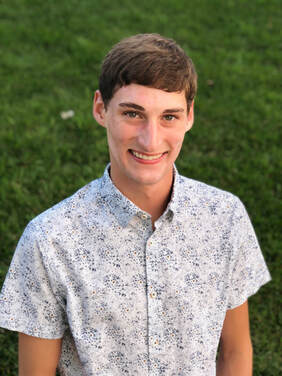
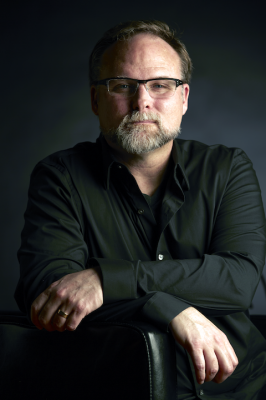
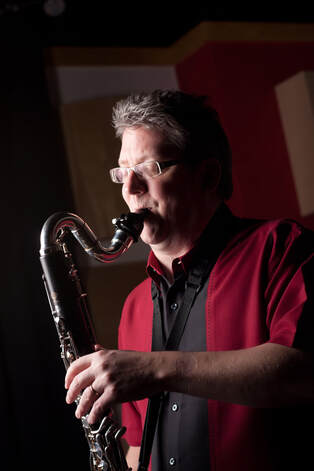

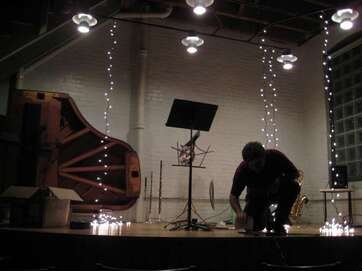
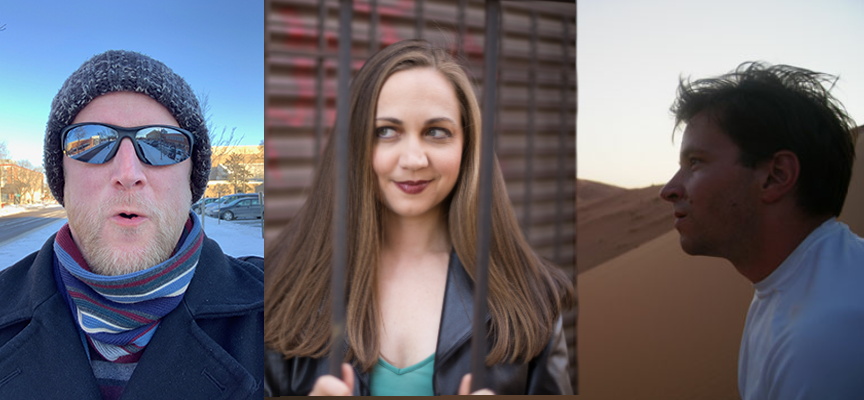
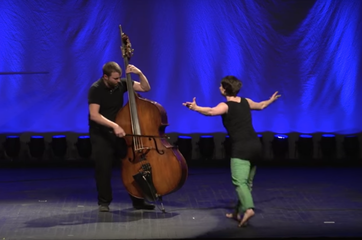
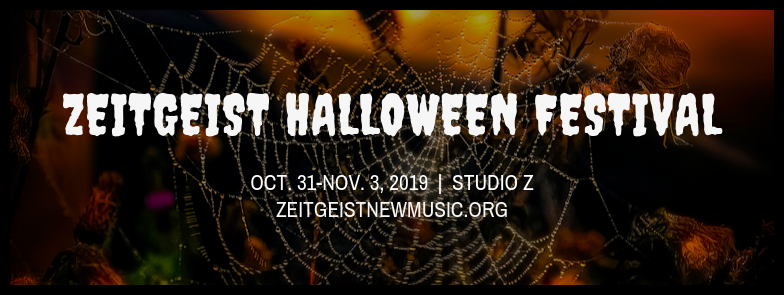
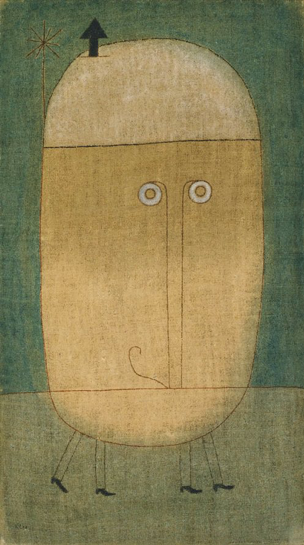
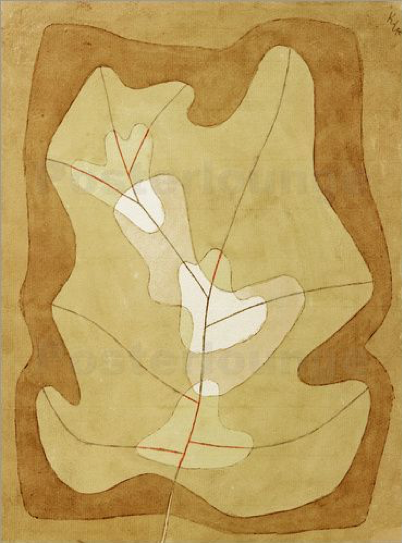
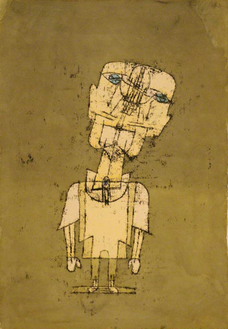
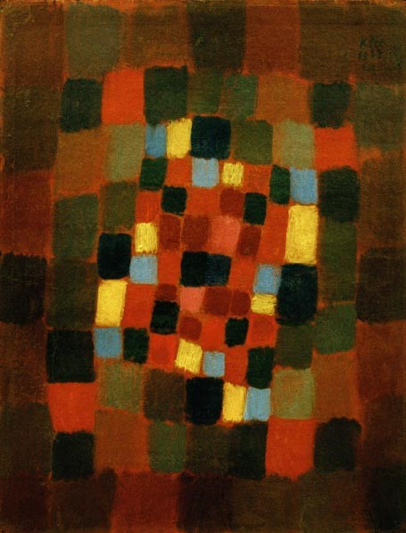
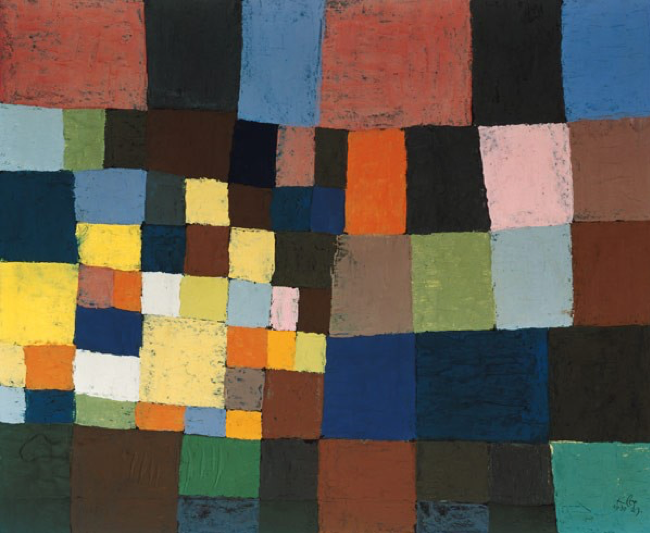
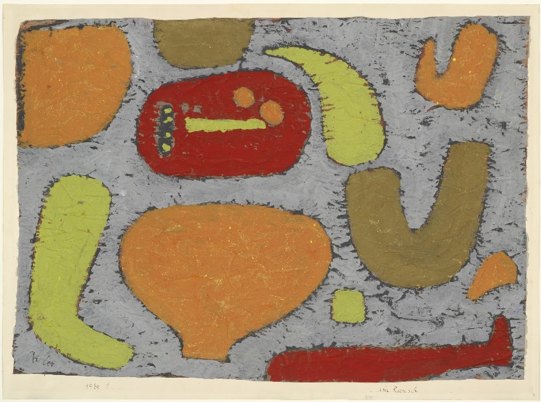
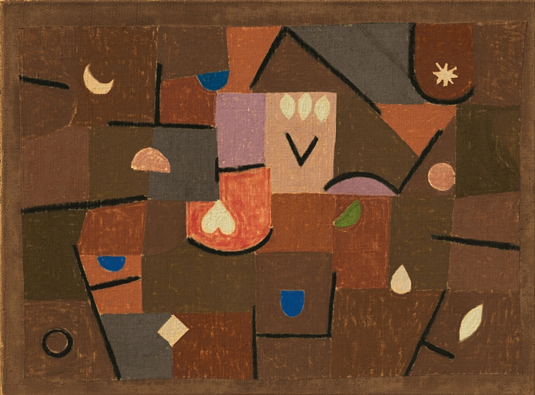
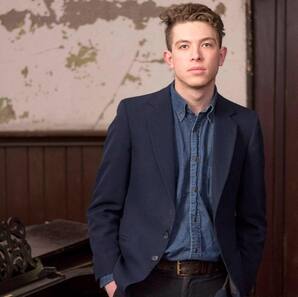
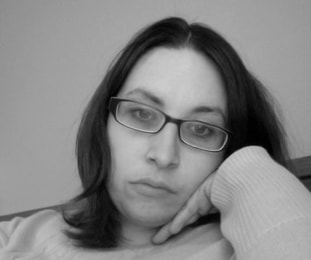
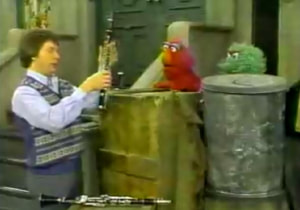
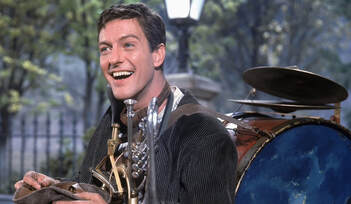
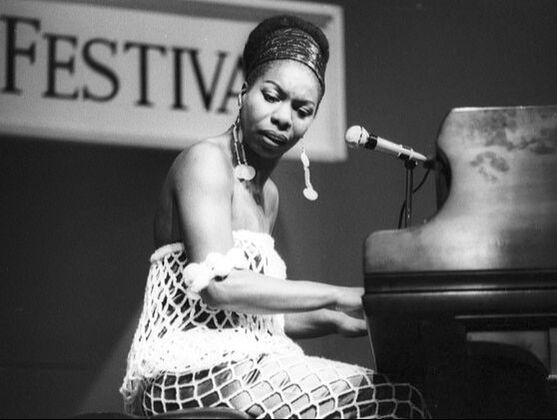
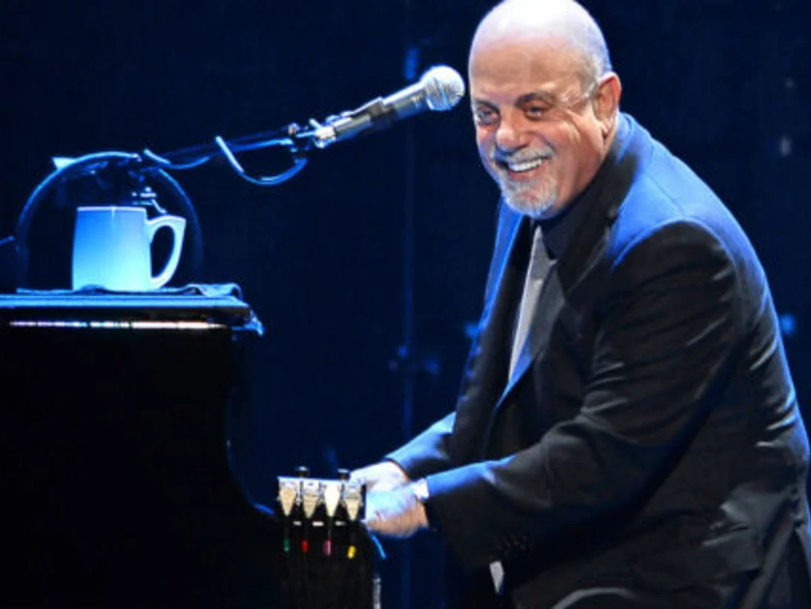
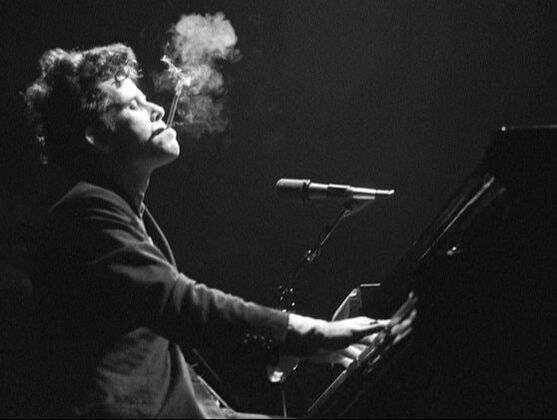
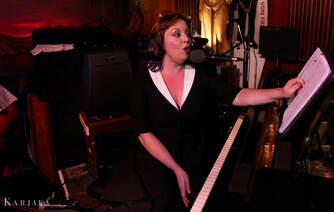
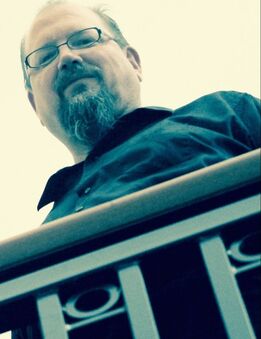
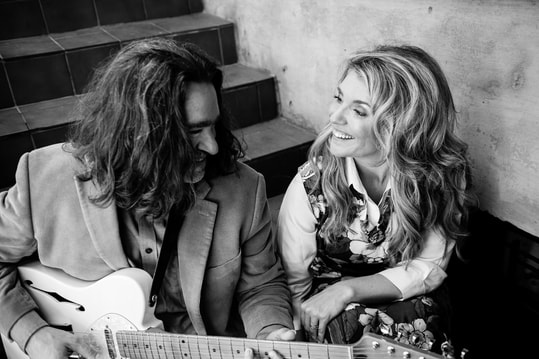

 RSS Feed
RSS Feed
